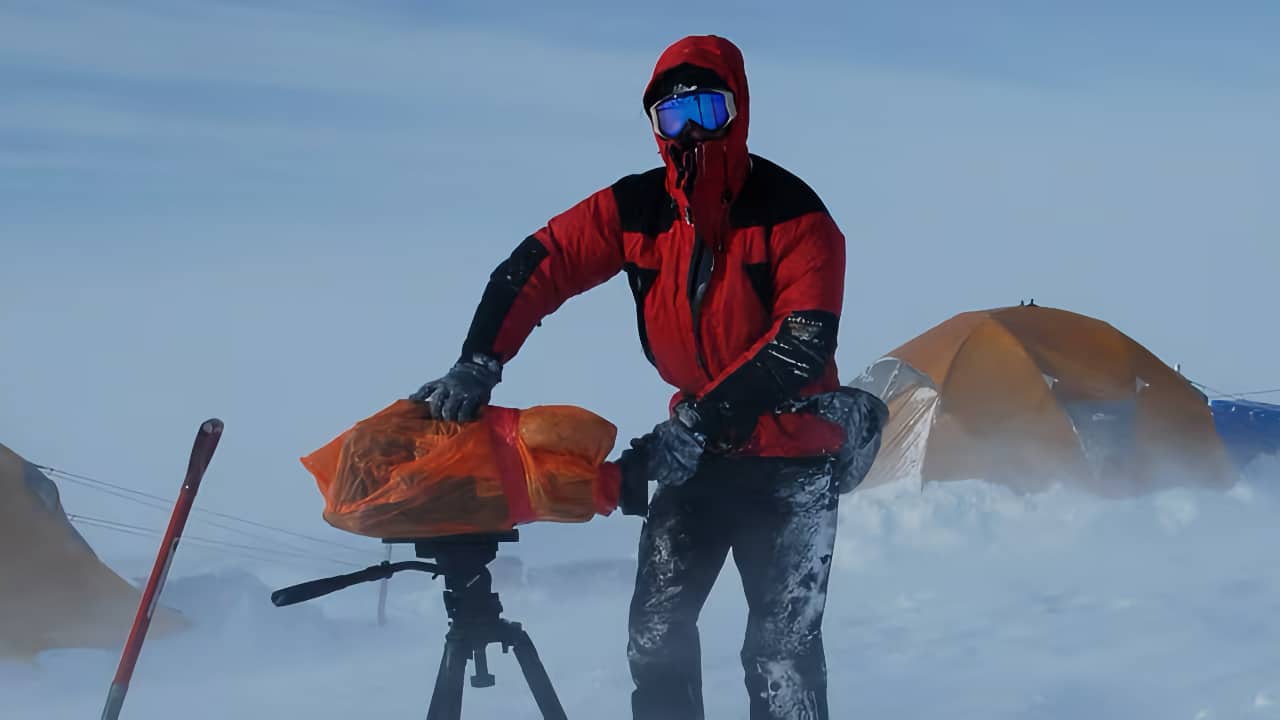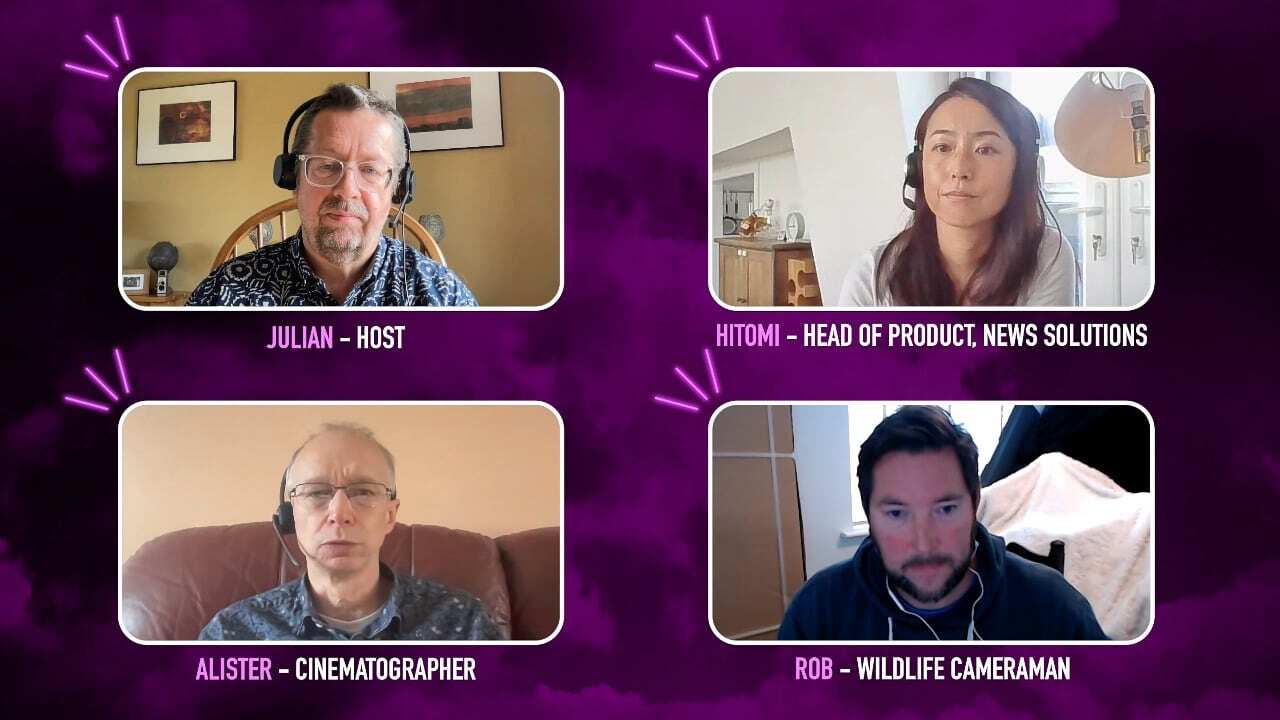
Hitomi Hamaba, head of product for news solutions at Sony, discusses how cloud-based technologies can impact documentary filmmaking with cinematographer Alister Chapman and wildlife cameraman Rob Drewett.
[Sony sent us this story just before NAB, and we liked it enough to run it pretty much as is. The Cloudsourcing Storytelling podcast it came from, hosted by the excellent Julian Mitchell, is usually worth a listen to as well. You can listen to it on Spotify and Apple podcasts. Ed.]
Documentary as a genre, is more popular than it’s ever been; you only need to look at the top-viewed shows on Netflix, and the audience that programming like BBC’s Earth III attracts. But the basic workflows that sit behind creating documentary programming have largely stayed the same for a long time. The spotlight in technology improvement is often given to the optics; cameras and lenses. Of course, these are what enable DOPs and filmmakers in the field to produce the highest-quality images possible and are the most important aspects of documentary filmmaking.
But what about the elements that join a production workflow together? While cloud-based technologies that allow faster, more efficient media sharing and management might be seen as tools for live production, broadcasting or post-production, they are in fact also positioned to have a huge impact for documentary filmmakers.
I recently had a conversation with some experienced documentary filmmakers on Sony’s Cloudsourcing Storytelling podcast and the discussion was all about where the cloud can have an impact, but also what roadblocks filmmakers face when looking to use the cloud for documentary production.

Connecting the production workflow
The cloud’s ability to enable much more collaboration is why it’s been deployed by many in the broadcasting space. But why hasn’t that also applied to documentary filmmaking? While it doesn’t require the speed that broadcasting does, documentary filmmakers are operating often from remote locations, while capturing a huge amount of assets and media over the course of months. And it’s this level of data wrangling that the cloud can help with.
With a cloud workflow like Sony’s C3P in place to allow them to upload rushes from the field – even if just as proxies – producers, or even editors can review footage on a much more regular basis and provide more feedback to make story, or stylistic choices on the fly. This is something Alister Chapman spoke about his experience with on a recent job: ‘we had crews shooting all over the world and so at the end of each day, we were uploading proxies to the cloud so that the producer in the UK could check the overall look of the image was it what he was looking for. […] That allowed them to really get a feel for what was going on and could guide the crew for the next day as to what else might be needed for the next part of the shoot.
‘They could also start the edit. And what that meant was that by the time the crews came back from all over the world, the edit was largely done. It was just simply a case of swapping proxies for the full resolution files. Having those proxies in the cloud immediately allowed them to get on with that edit and finish the story much faster.’
The cloud’s ability to shorten the time between production and post is useful across several filmmaking processes, but for working on projects that can often take months at a time, producers can use the cloud to shorten those timelines.
Editing in the cloud
One of the things that Alister Chapman also mentioned he had experience with was editing in the cloud, something he said was ‘incredibly powerful.’ ‘We've been able to […] edit in the cloud, at least produce a rough cut.’ For a cinematographer who sells his media assets to a number of different organisations, this workflow means Alister can more easily share content for review so his clients can then select footage they want from his cloud edit and download it from the cloud.
This ability to provide faster access to media assets, as proxies, means the on location team doesn’t need to provide high resolution files of everything; only sharing the full quality content once the assets needed have been chosen. This speeds up several processes, including the selling of media content – proving that the cloud isn’t just a means of creating faster workflows, but can improve the economics of documentary filmmaking.
Meeting the challenges of the cloud
Of course, one of the biggest challenges any documentary filmmaker faces is getting access to the cloud if they're shooting in a remote or dangerous location. And while more and more cloud-based tools are becoming available right the way across the media industry, it’s important that the technical support infrastructure comes with those – whether it’s better access to private networks or faster deployment of high-speed mobile internet.
It’s clear that in a world where workflows are more joined-up than ever, documentary filmmaking can benefit from more connectivity. It’s a workflow that’s due an overhaul, and the cloud is what’s going to enable that.
Alister Chapman joined Hitomi Hamaba on the Cloudsourcing Storytelling podcast in the episode ‘Telling stories in a well-documented world’, alongside wildlife cinematographer Rob Drewett to talk about cloud in documentary filmmaking. You can listen to the episode on Spotify and Apple podcasts.
Tags: Production Documentary Sony


Comments